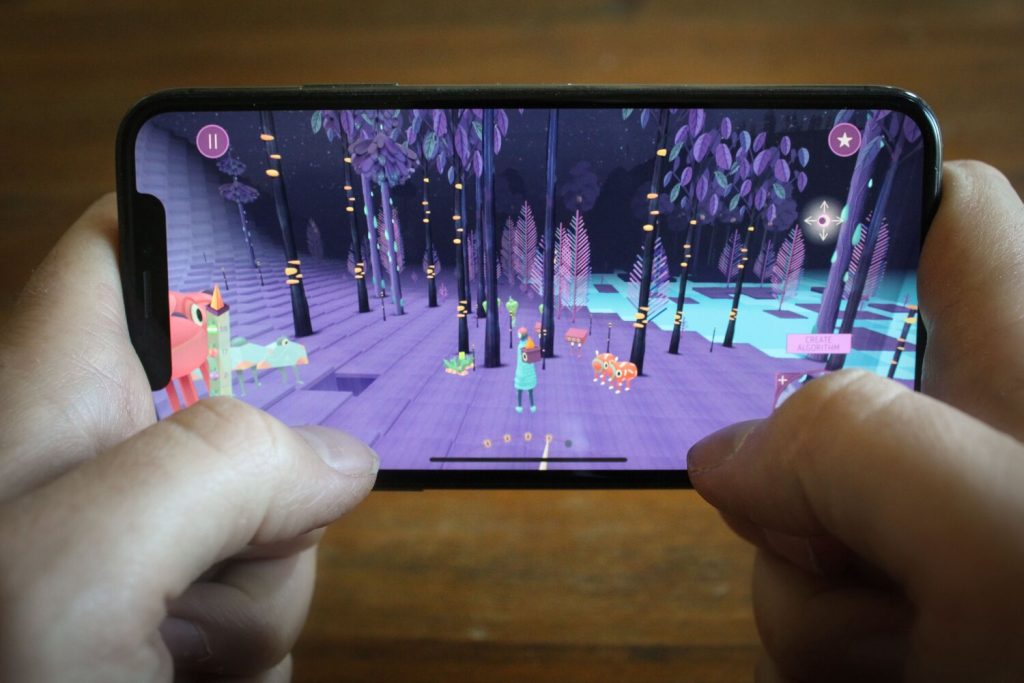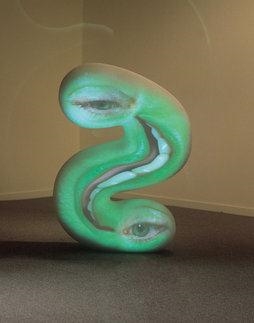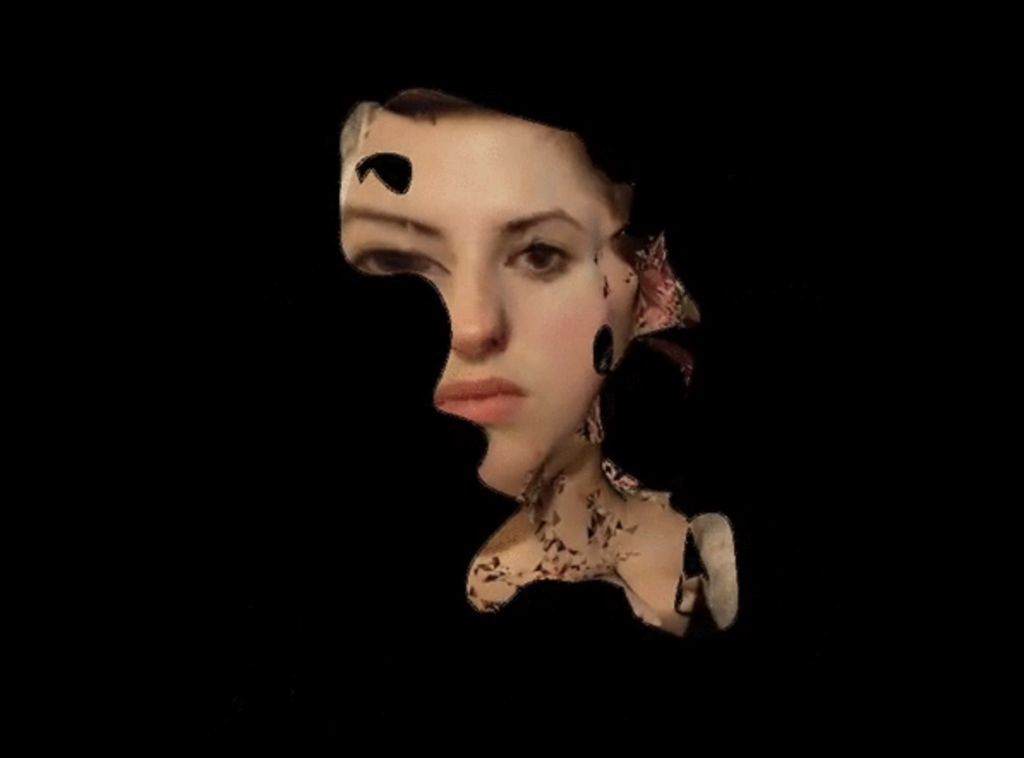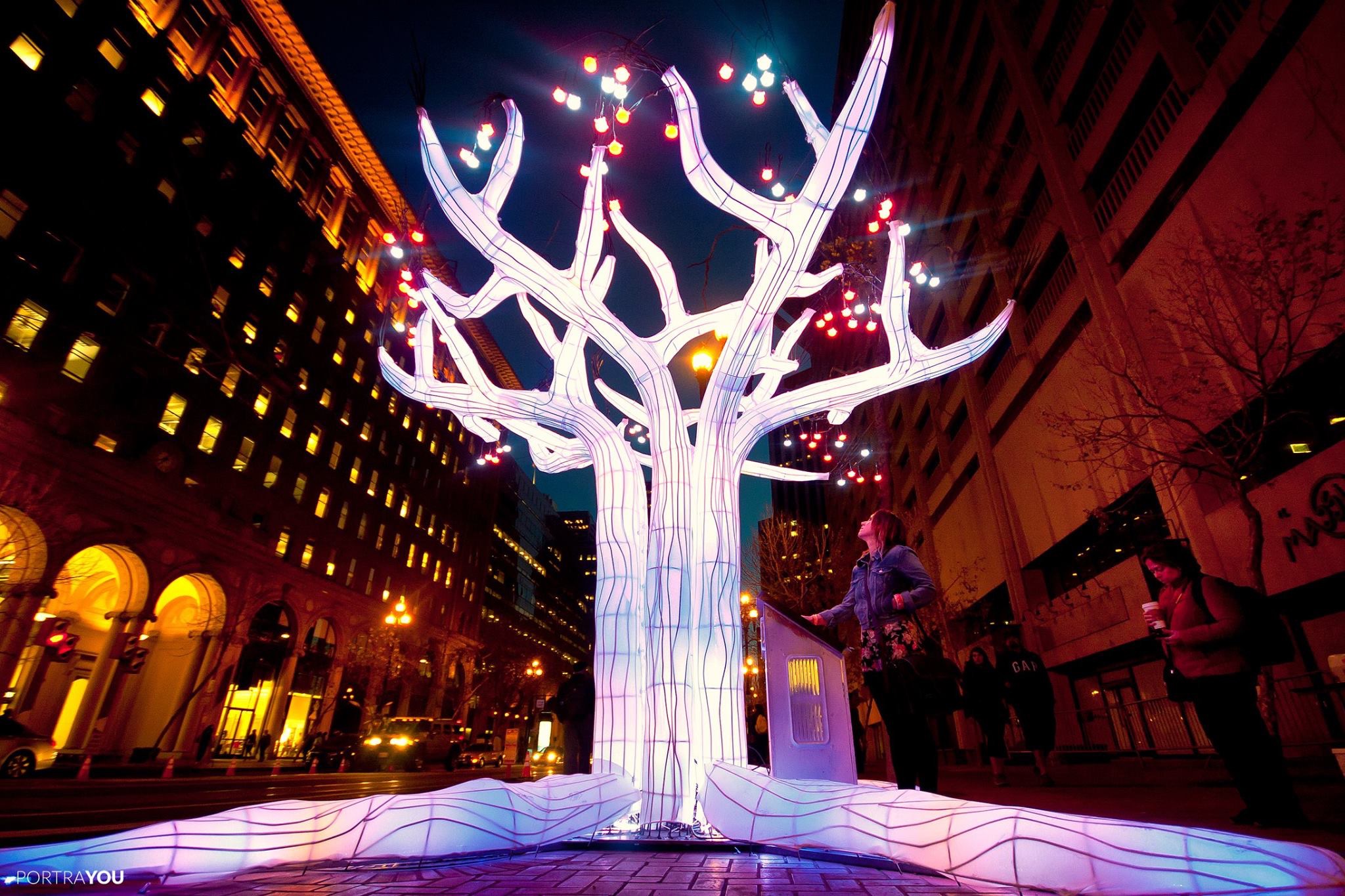Emily Gobeille is an artist and the founder of “Design I/O”, a studio specializing in the creation of interactive storytelling installations and programs for children. As one of the head Partners and Creative Directors, she specializes in “concept development, visual design, interaction design and creative direction” throughout the company, and is said to have a playful approach to her projects. While I was unable to find her past education and work experience details, she has worked in the fields of web, print, and motion graphics, game design, and various installation art.
The project I chose to investigate was “The Pack”, a game aimed at teaching computational thinking to a younger audience. Created as both a iOS application and computer game, the game revolves around the world of “Algos”, in which the user needs to find the missing seeds of Algos and restore its habitats to bring balance back into its world. Along the users journey, they encounter creatures and work on algorithms together, with the game getting progressively harder with more algorithms as the user advances. I especially found this project interesting, as the process of creating it combined both the visual interest of a designed game with the computational knowledge, both within the game and in the game’s creation, together to create a user friendly end product.

![[OLD FALL 2020] 15-104 • Introduction to Computing for Creative Practice](https://courses.ideate.cmu.edu/15-104/f2020/wp-content/uploads/2021/09/stop-banner.png)








